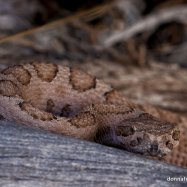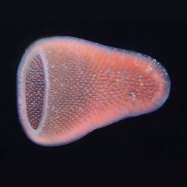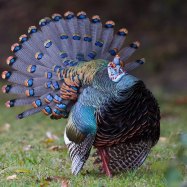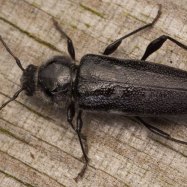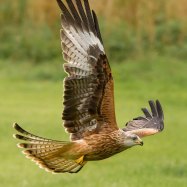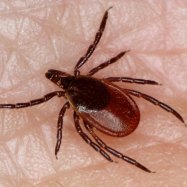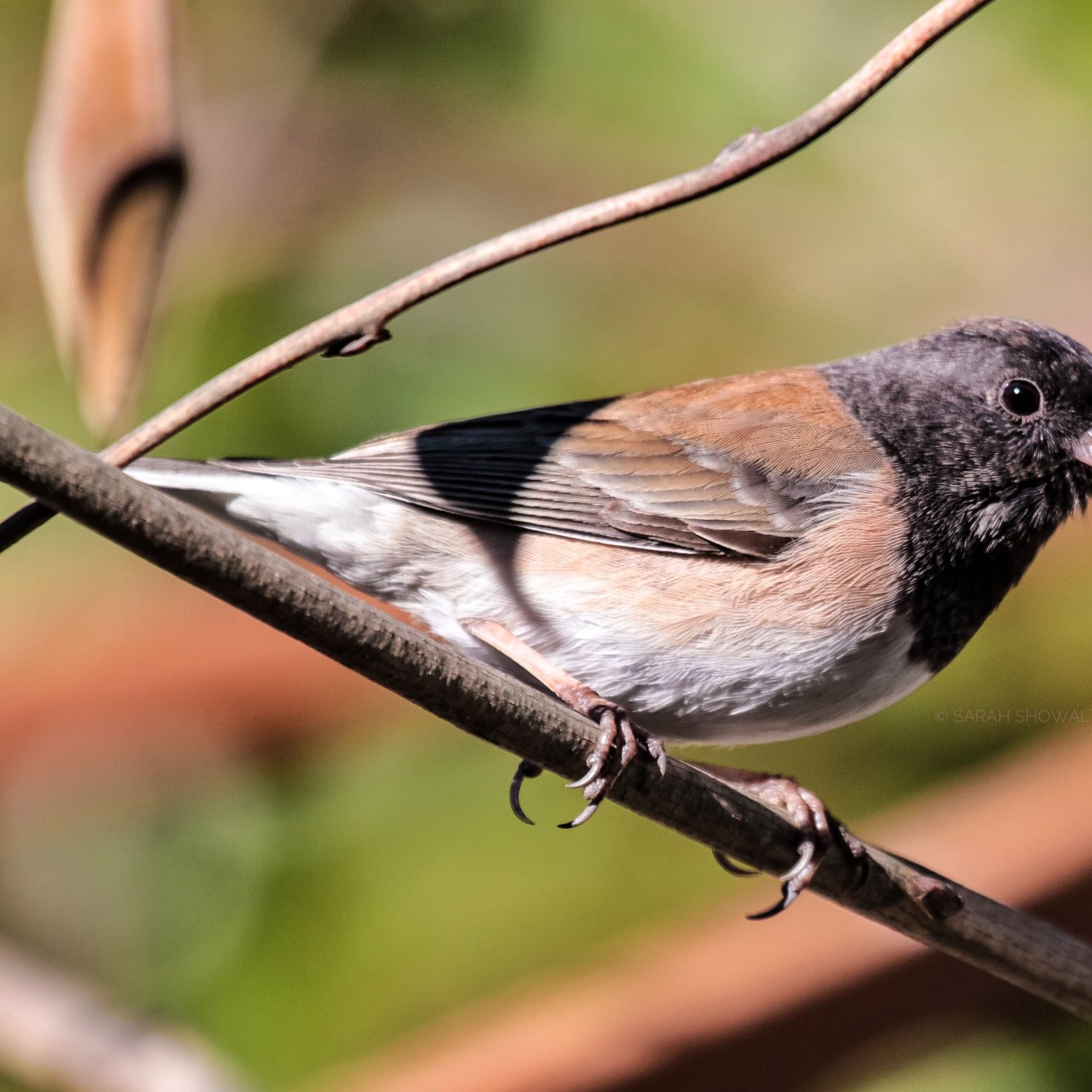
Dark Eyed Junco
5.1 to 6.9 inches
Did you know the Dark Eyed Junco is a small and compact bird found throughout North America? With its round head and short bill, it belongs to the Passerellidae family and can grow up to 5.1 to 6.9 inches in length. Keep an eye out for this beautiful species in your backyard! #DarkEyedJunco #NorthAmerica #Passerellidae
Animal Details Summary:
Common Name: Dark Eyed Junco
Kingdom: Animalia
Habitat: Forests, shrubby areas, and mountain slopes
The Charming and Varied World of the Dark Eyed Junco
Traveling through the forests, shrubby areas, and mountain slopes of North and Central America, you might just come across a delightful little bird known as the Dark Eyed Junco. With its small and compact body, round head, and short bill, this charming creature has captured the hearts of many avid bird watchers.Also known by its scientific name, Junco hyemalis, the Dark Eyed Junco is a member of the animal kingdom, specifically the chordata phylum and the aves class. It belongs to the passeriformes order and the passerellidae family, making it part of the diverse group of perching birds Dark Eyed Junco.
Appearance and Coloration
The Dark Eyed Junco is a beautifully colored bird, although its coloration can vary depending on its subspecies. Generally, it has a dark gray or brown upper body with a white belly and distinctive pink bill. Its head is adorned with a black hood, making its bright, beady eyes stand out.
Interestingly, subspecies of the Dark Eyed Junco have varying color patterns, such as slate-colored, Oregon, pink-sided, gray-headed, and white-winged. These subtle differences add to the charm and uniqueness of this delightful bird.
Habitat and Distribution
As mentioned, the Dark Eyed Junco can be found in forests, shrubby areas, and mountain slopes in North and Central America. Its habitat is broad, covering most of the United States and parts of Canada, Mexico, and Central America.
Within this vast geographical distribution, the Dark Eyed Junco can be found throughout North America, making it a familiar sight to many bird watchers. Its adaptability to various environments and habitats is a testament to its resilience and resourcefulness Devils Coach Horse Beetle.
Feeding and Behavior
The Dark Eyed Junco is a granivorous bird, meaning it primarily feeds on seeds and grains. Its small beak is perfectly suited for cracking open seeds, and it can often be seen foraging on the ground or perched on a low branch.
During breeding season, the Dark Eyed Junco's diet may also include insects, caterpillars, and spiders, which provide a vital source of protein for its growing young. Its foraging behavior is quite entertaining to watch, as it hops around with its rounded body, picking at seeds and insects with its delicate beak.
Breeding and Nesting
The breeding season for Dark Eyed Juncos typically starts in early spring, with males beginning to establish their territories and court potential mates. The male's courtship display involves hopping, singing, and fluttering its wings to attract the female's attention.
After mating, the female will build a cup-shaped nest on the ground, usually hidden under a low shrub or in the grass. She will line the nest with soft materials such as grass, moss, and animal hair. The female will then lay three to five eggs, which she will incubate for about two weeks while the male takes on the role of protector and provider.
Significant Role in Ecosystem
Aside from its beauty and endearing behavior, the Dark Eyed Junco plays an essential role in its ecosystem. As a granivorous bird, it helps control weed and insect populations, promoting plant growth and reducing crop damage. It also serves as a prey species for larger birds and animals, further contributing to the balance of its habitat.
Additionally, the Dark Eyed Junco's migration patterns can also help indicate changes in the environment, making it a crucial species to monitor for conservation efforts.
Threats and Conservation
While the Dark Eyed Junco's population is currently stable, it faces several threats, mainly due to human activities. Deforestation, urbanization, and climate change all pose risks to the bird's habitat and food sources. Additionally, domestic cats and other predators can harm the bird and its nests.
To ensure the continued survival of the Dark Eyed Junco and other bird species, conservation efforts such as habitat preservation and management, as well as responsible pet ownership, are crucial.
Conclusion
The Dark Eyed Junco may be a small bird, but its presence and significance in its environment are undeniable. From its charming appearance and diverse color patterns to its important role in the ecosystem, this little creature continues to captivate and fascinate bird enthusiasts.
As we continue to learn more about the Dark Eyed Junco and its behavior, we gain a deeper understanding and appreciation for the intricate web of life in nature. So next time you're out exploring the great outdoors, keep an eye out for this delightful little bird and take a moment to marvel at its beauty and significance in the world.

Dark Eyed Junco
Animal Details Dark Eyed Junco - Scientific Name: Junco hyemalis
- Category: Animals D
- Scientific Name: Junco hyemalis
- Common Name: Dark Eyed Junco
- Kingdom: Animalia
- Phylum: Chordata
- Class: Aves
- Order: Passeriformes
- Family: Passerellidae
- Habitat: Forests, shrubby areas, and mountain slopes
- Feeding Method: Granivorous
- Geographical Distribution: North and Central America
- Country of Origin: United States
- Location: Throughout North America
- Animal Coloration: Varies with subspecies, typically dark gray or brown with white belly
- Body Shape: Small and compact with round head and short bill
- Length: 5.1 to 6.9 inches
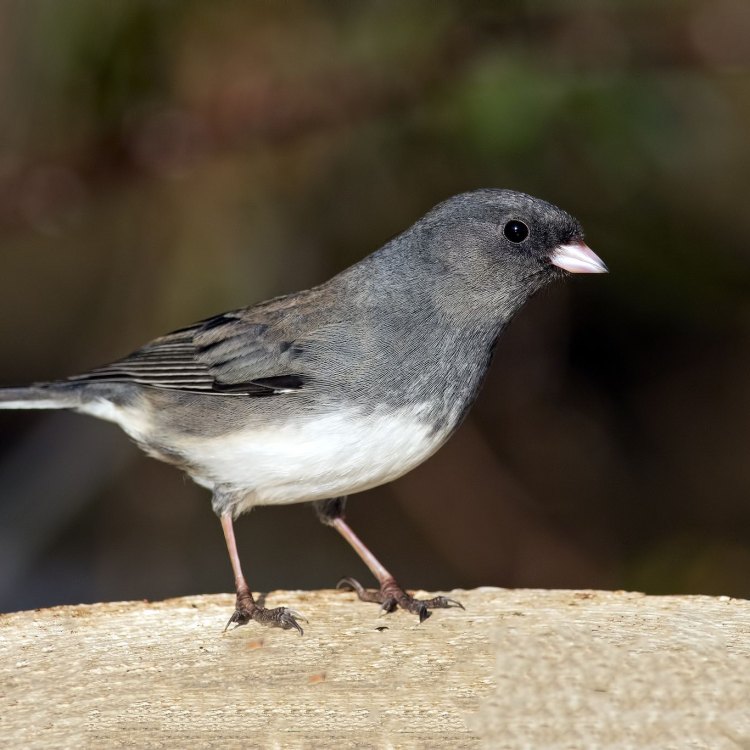
Dark Eyed Junco
- Adult Size: Small
- Average Lifespan: 5 to 11 years
- Reproduction: Sexual
- Reproductive Behavior: Monogamous
- Sound or Call: Melodic trills and high-pitched chips
- Migration Pattern: Migratory
- Social Groups: Flocks
- Behavior: Ground-dwelling and often seen hopping or feeding on the ground
- Threats: Habitat loss and fragmentation
- Conservation Status: Least Concern
- Impact on Ecosystem: Seed dispersal
- Human Use: Popular bird for birdwatching
- Distinctive Features: White outer tail feathers and dark eyes
- Interesting Facts: Can survive in cold temperatures and breeds at high elevations
- Predator: Various predators, including cats, snakes, and birds of prey
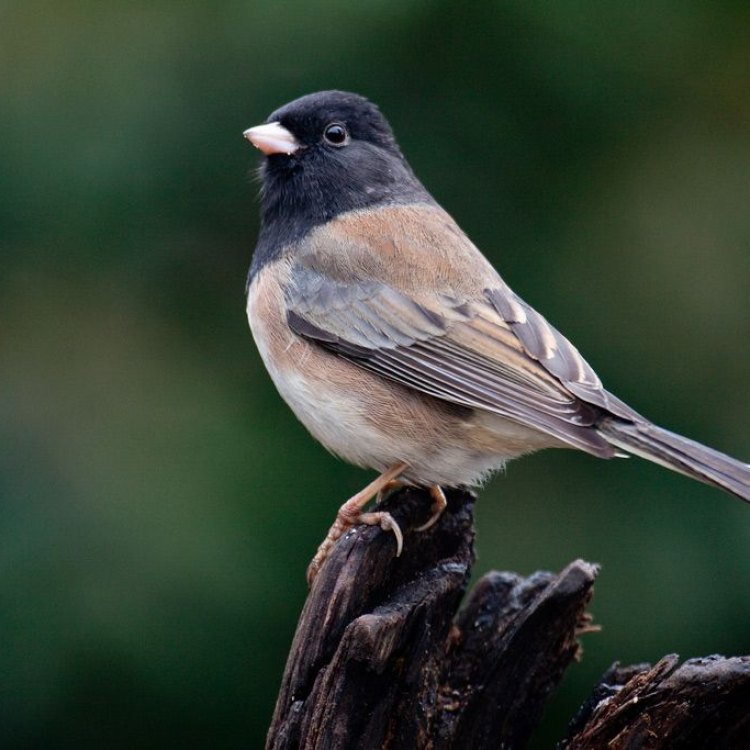
Junco hyemalis
The Fascinating World of Dark Eyed Juncos: A Small But Mighty Bird
Birds are some of the most captivating creatures on our planet. With their diverse colors, impressive behaviors, and remarkable abilities, they never cease to amaze us. Among the countless species of birds, the Dark Eyed Junco stands out as a particularly fascinating and unique bird. This tiny bird, often overlooked, has many distinctive features and impressive behaviors that make it truly one of a kind PeaceOfAnimals.Com.Dark Eyed Juncos, also known as "snowbirds," are small birds, measuring only 5-6 inches in length. However, don't be fooled by their size; these birds are mighty in many ways. They have an average lifespan of 5-11 years, which is quite impressive for such a small animal. In this article, we'll delve into the fascinating world of Dark Eyed Juncos, exploring their behaviors, characteristics, and impact on the ecosystem.
The Basics: Adult Size and Average Lifespan
The Dark Eyed Junco is a small bird, belonging to the genus Junco in the family Emberizidae. They are native to North America and inhabit most parts of the continent, from Canada to Mexico. As mentioned earlier, these birds are quite small, with adults only measuring 5-6 inches in length and weighing around 20-30 grams. However, despite their small size, they are hardy birds and can survive in diverse environments, including extreme temperatures and high altitudes.The average lifespan of a Dark Eyed Junco is between 5-11 years, with some individuals living even longer in captivity Dinocrocuta. This lifespan is quite impressive, given their small size and the many predators they face. These birds have an extensive range, so their lifespan may vary depending on their location and environmental conditions. However, in general, they are considered to have a relatively long lifespan compared to other birds of similar size.
Reproduction: Sexual and Monogamous Behavior
Dark Eyed Juncos are sexually reproductive and exhibit monogamous behavior. They form pairs during the breeding season, with males performing courtship displays to attract females. Once they have paired up, the male and female work together to build a nest. These nests are cup-shaped and made of twigs, grass, and moss. The female lays around 4-5 eggs, which she incubates for 11-13 days.Once the eggs hatch, both parents take turns feeding the chicks and keeping them warm. The young birds leave the nest after 14-15 days and become independent after a few weeks. During the breeding season, these birds are very territorial and will fiercely defend their nesting sites. However, outside of the breeding season, they are social and often form flocks with other juncos.
The Sound of Juncos: Melodic Trills and High-Pitched Chips
One of the most distinctive features of Dark Eyed Juncos is their sound or call. These birds are known for their melodic trills and high-pitched chips, which they use to communicate with each other and to attract mates. They have a variety of calls, including soft notes, musical chirps, and buzzing alarms. These calls can be heard year-round, but they become more prominent during the breeding season.Interestingly, the male and female juncos have slightly different calls, and they can even imitate the calls of other birds. Their ability to imitate the calls of predators helps them warn other juncos of potential danger. These birds also have a specific call that they use to attract their partners during courtship displays.
The Migration Pattern of Dark Eyed Juncos
The migration pattern of Dark Eyed Juncos is quite unique, as they are one of the few bird species that migrate seasonally. These birds breed in the northern parts of North America, and during the winter, they migrate south to find food and shelter. Their migration can cover thousands of miles, with some individuals traveling as far as Mexico.The timing of their migration varies depending on their location, but in general, they start migrating in late autumn and return to their breeding grounds in early spring. During their migration, they form large flocks, which helps them navigate and find food along the way. The migration of Dark Eyed Juncos is a remarkable event that adds to their already impressive nature.
Social Groups and Behavior of Dark Eyed Juncos
Dark Eyed Juncos are social birds and are often seen in flocks during non-breeding seasons. These flocks can consist of dozens of individuals and may even include other bird species. They have a highly structured social hierarchy, with dominant males and females leading the group. Within these flocks, interactions and behaviors are essential for maintaining harmony.These birds are ground-dwelling and often seen hopping or feeding on the ground. They are particularly fond of open areas, such as fields, meadows, and forest edges. They have a variety of behaviors, such as foraging, preening, and bathing, which are essential for their survival and well-being.
Threats to Dark Eyed Juncos: Habitat Loss and Fragmentation
Like many other bird species, Dark Eyed Juncos face various threats, the most significant being habitat loss and fragmentation. These birds rely on specific habitats for their survival, such as open areas with dense vegetation for nesting and feeding. However, due to human activities such as urbanization, deforestation, and agriculture, these habitats are shrinking at an alarming rate.Additionally, the fragmentation of habitats, where large areas of land are broken into smaller ones, also poses a significant threat to Dark Eyed Juncos. This fragmentation disrupts their migration patterns and makes it challenging for them to find suitable breeding and foraging sites. As a result, their populations are declining in some areas, and they are listed as a species of least concern on the IUCN Red List.
The Importance of Dark Eyed Juncos in the Ecosystem
Despite their small size, Dark Eyed Juncos play a vital role in the ecosystem. As ground-dwelling birds, they forage for food on the forest floor, eating a variety of seeds, berries, and insects. In doing so, they help control insect populations and also aid in seed dispersal. This dispersal of seeds is crucial for plant growth and helps maintain a healthy and diverse ecosystem.Additionally, Dark Eyed Juncos are also prey for many predators, including cats, snakes, and birds of prey. As prey animals, they play a crucial role in the food chain and help keep the ecosystem in balance. Their presence, or lack thereof, can have a significant impact on the entire ecosystem.
The Love for Dark Eyed Juncos: Popular Bird for Birdwatching
Birdwatching, or birding, is a popular hobby among nature enthusiasts and has gained even more popularity in recent years. And among the many species of birds that people love to watch, Dark Eyed Juncos rank high on the list. These beautiful birds, with their white outer tail feathers and dark eyes, are a favorite among birders.The best time to go birdwatching for Dark Eyed Juncos is during their migration period, as they can be seen in large flocks during this time. Additionally, they are also relatively easy to spot, thanks to their distinctive markings and melodic calls. These birds are also popular due to their adaptability, as they can be found in various locations, from backyards to remote forests.
Interesting Facts About Dark Eyed Juncos
Dark Eyed Juncos are full of surprises, and here are some interesting facts about them:- While most birds migrate to warmer climates during the winter, Dark Eyed Juncos can survive in cold temperatures and even breed at high elevations.
- Juncos are known for their "bathing parties," where several individuals gather around a puddle or shallow water source and splash around to clean themselves.
- In Japan, Dark Eyed Juncos are seen as auspicious creatures and are believed to bring good luck.
- These birds have a unique way of handling predators; they use their white outer tail feathers, which they spread open like a fan, as a distraction. This action reveals a flash of white, confusing predators and giving the juncos a chance to escape.
The Relationship with Humans: Popular Garden Visitors
Dark Eyed Juncos have a significant relationship with humans, and for many people, they are a common garden visitor. As mentioned earlier, these birds are adaptable and can survive in various habitats, including suburban areas and urban parks. They are also known to visit backyard bird feeders, where they can be seen feeding on seeds and scraps.Additionally, these birds have been featured in many cultural references, including poems, songs, and artworks. They are beloved by birdwatchers and nature enthusiasts alike, and their presence adds to the beauty and diversity of our surroundings.
In conclusion, Dark Eyed Juncos may be small, but they are mighty in many ways. From their impressive behaviors and distinctive features to their important role in the ecosystem, these birds are truly fascinating creatures. As habitat loss and fragmentation continue to threaten their populations, it's essential to appreciate and protect these remarkable birds. So, next time you see a Dark Eyed Junco hopping around your backyard or in a nearby park, take a moment to admire and appreciate these "snowbirds" and all the wonders they bring to our world.
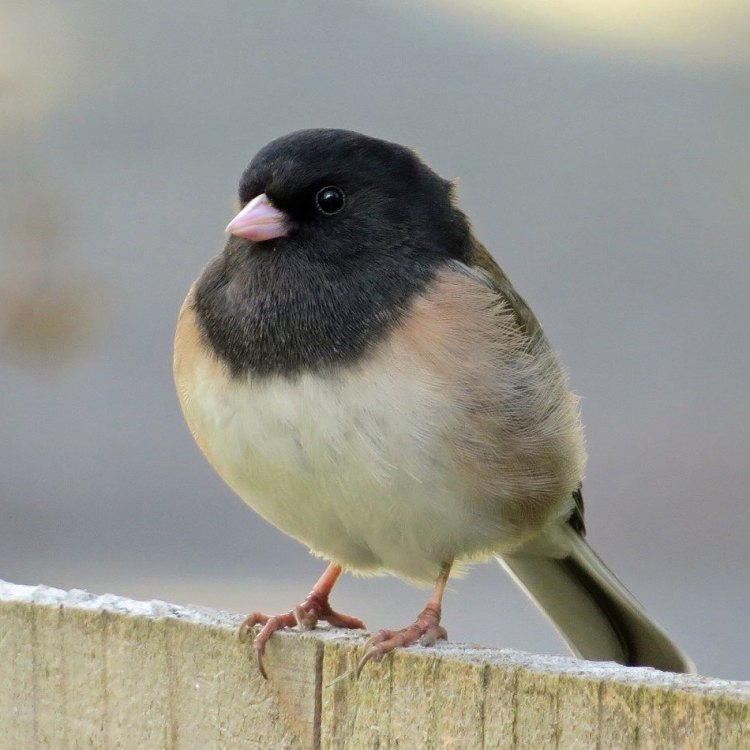
The Charming and Varied World of the Dark Eyed Junco
Disclaimer: The content provided is for informational purposes only. We cannot guarantee the accuracy of the information on this page 100%. All information provided here may change without prior notice.



